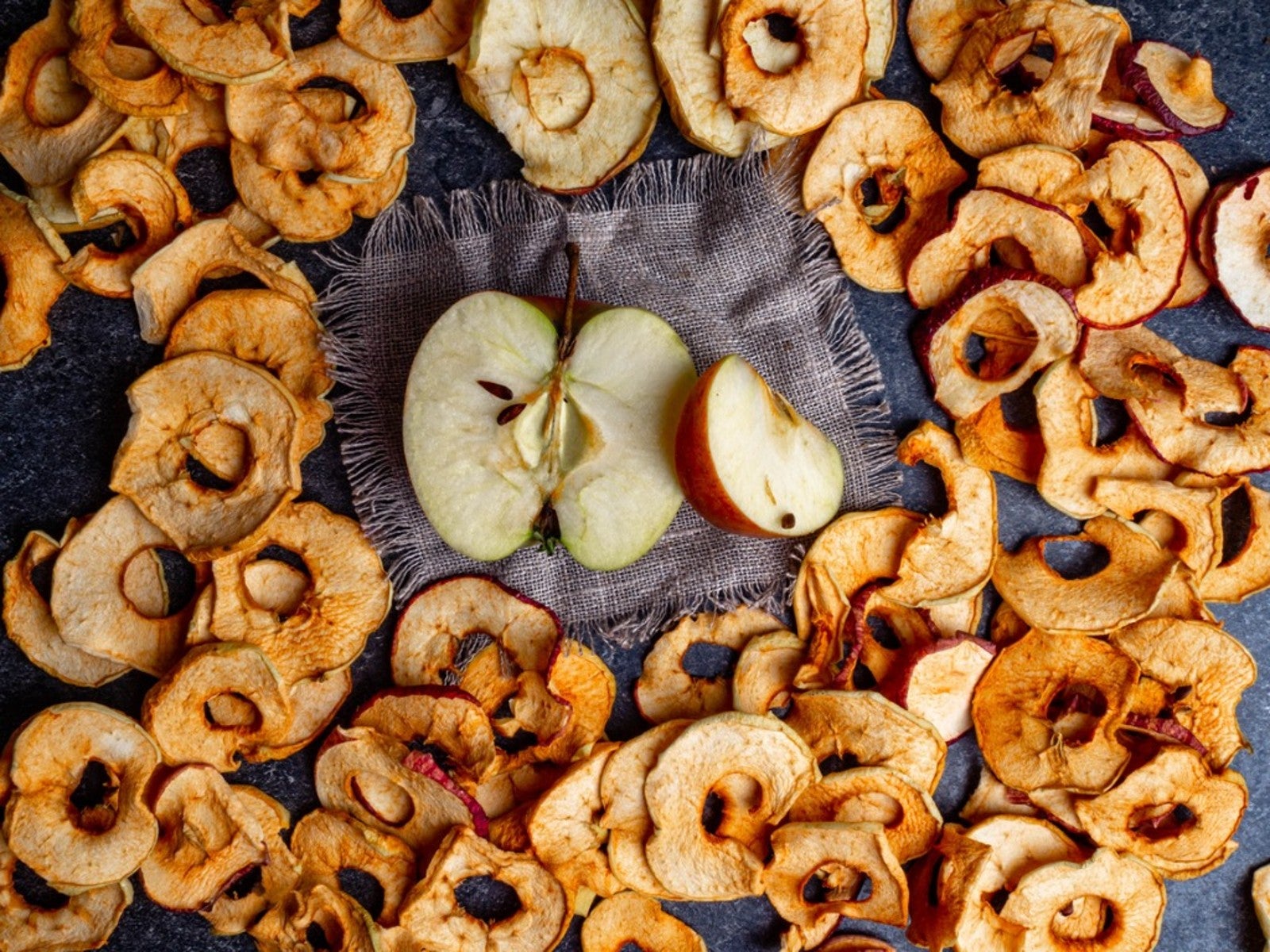DIY Food Dehydrator – How To Dry Produce At Home


Making dry produce at home is a great way to preserve your fruits and vegetables, save money, and extend the harvest period. A homemade dehydrator will be crucial to keeping your crops throughout winter and saving the nutrients in the food. DIY dehydrating will also save energy, since much of the heating is done by the sun.
Tips on DIY Dehydrating
Dehydrating requires just a couple of things to be fool proof. You need a heat source to speed up the drying. It doesn't have to be hot. Even using the oven on low is a type of dehydrator, just not a very efficient one. Next you need a way to circulate that heat, as well as the air. Air movement helps move moisture away. A fan of some sort is ideal to circulate heat and air efficiently. Metal or mesh racks are handy to keep that air moving and expose all sides of the food you are drying. This will hasten the process and keep food from molding while it loses moisture.
A Very Simple DIY Food Dehydrator
Even if you are not much of a carpenter, but still want to dry produce at home, you can make a solar dehydrator. One of the simplest methods is to use an old cabinet. If it has glass panels, so much the better, as the glass will direct the solar energy. If there is no glass, it will still work, but paint the entire thing dark. Replace the cabinet shelves with wire shelves. Depending on the size of the cabinet, these may be sourced from used building supply or similar sites. Cut numerous 1/2 inch (1.3 cm.) holes around the bottom of the cabinet. Staple fine mesh over each hole to prevent insects. Cut a hole just large enough to run a cord and install a small fan on the bottom of the cabinet. This is 1 of the simplest homemade dehydrator designs.
Fancying Up Your Produce Dehydrator
The basics outlined above will suffice for a very simple dehydrator. Some DIY makers add lighting to the mix, as well. This should increase ambient heat a bit and you can keep the process going at night. There are plans online for dehydrators that fold up to store in winter. This is a fantastic idea, as the dryers are fairly large and would be cumbersome to take in to the basement or garage for the winter. Many DIY builders also installed solar panels to power the fans and lights. You don't have to get as fancy, but it might speed up the drying process and make the dryer easier to move. Start with the simple basics and design your own produce dryer.
Sign up for the Gardening Know How newsletter today and receive a free copy of our e-book "How to Grow Delicious Tomatoes".

Bonnie Grant is a professional landscaper with a Certification in Urban Gardening. She has been gardening and writing for 15 years. A former professional chef, she has a passion for edible landscaping.